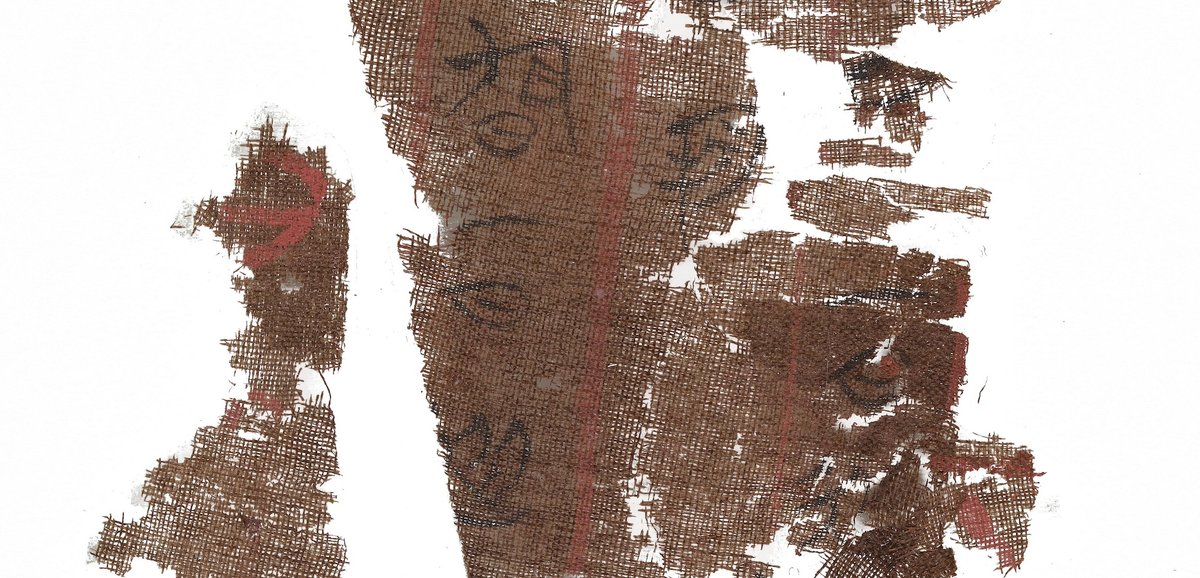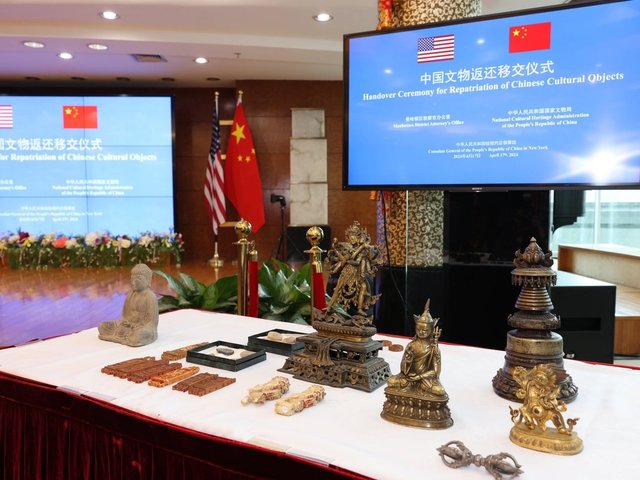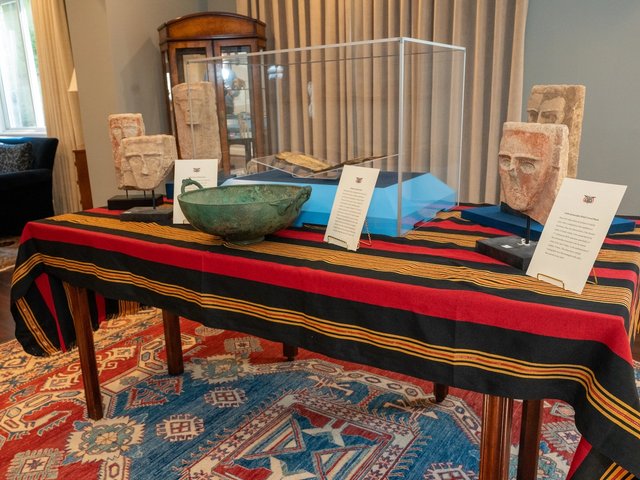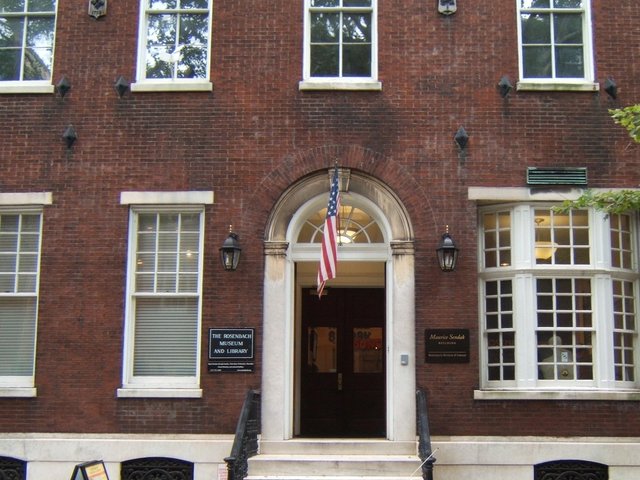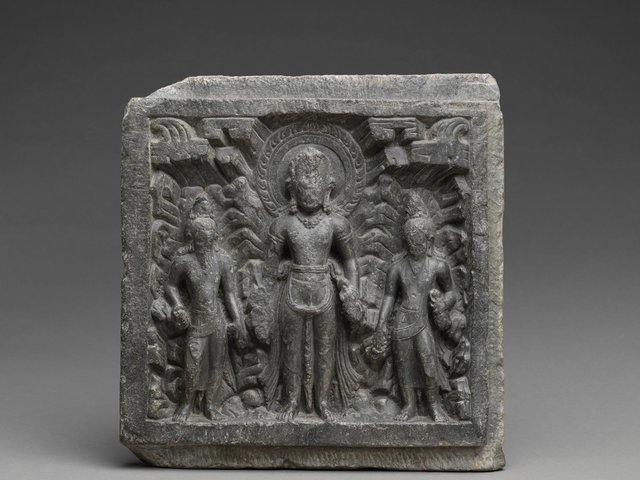The Smithsonian’s National Museum of Asian Art (NMAA) in Washington, DC, has deaccessioned from its collection fragments of contested ancient Chinese artefacts known as the Zidanku Silk Manuscripts, which were looted from a tomb near Changsha, Hunan Province, and smuggled into the US in 1946.
The artefacts, which are notable for containing text shedding light on the cosmological and religious life of pre-imperial China, were transferred to the National Cultural Heritage Administration (NCHA) of the People’s Republic of China in a ceremony held today at the Chinese embassy following an agreement signed earlier this month.
Chase F. Robinson, the director of the NMAA, tells The Art Newspaper that the transfer was “founded on decades of collaboration with Chinese researchers”, who were patient as the museum traversed the “bureaucratic” process of repatriation. He adds that the decision will bolster future scholarship and benefit “the life of the objects themselves”.
Rao Quan, the vice minister of culture and tourism for the People’s Republic of China and administrator of the national cultural heritage administration, said in a statement that these “rare materials carry profound cultural and scholarly significance”, and their transfer will “enhance both research and public understanding in China”.
The fragments previously held by the NMAA date from the fourth to the third century BCE and are known by scholars as Volume II and Volume III of the Zidanku manuscripts. The artefacts were given to the Arthur M. Sackler Gallery (one of the two galleries that make up the NMAA) by an anonymous donor in 1992 along with a basket that contained them, which was also returned.
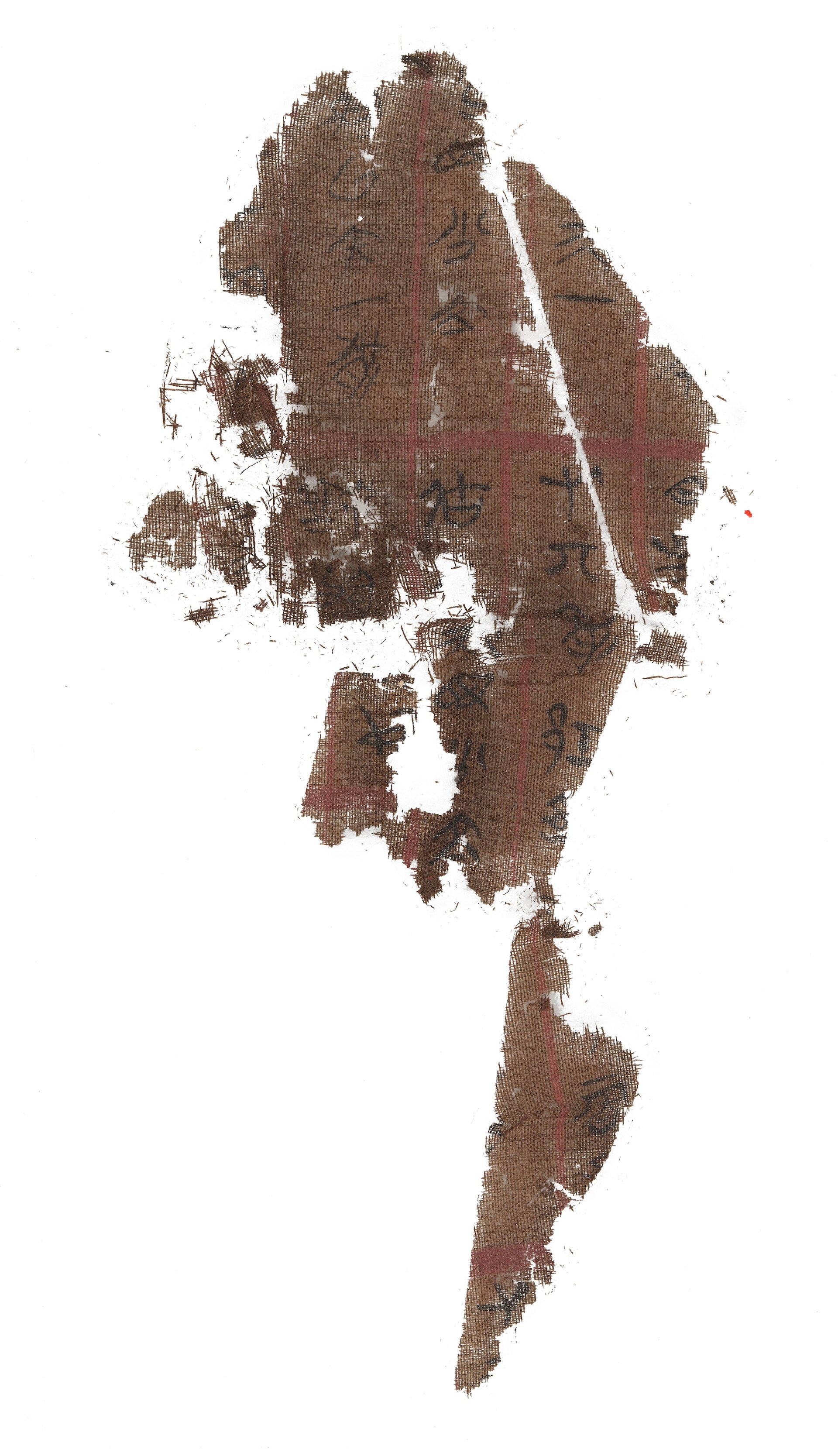
The manuscripts are the oldest known silk manuscripts to be found in China National Museum of Asian Art, Smithsonian Institution, Washington, DC
The manuscripts, which are the oldest known silk manuscripts discovered in China, were illegally excavated in 1942 then acquired by a Chinese collector, who subsequently gave the manuscripts to John Hadley Cox, an American collector of Chinese artefacts who brought the manuscripts to the US in hopes of selling a fragment known as Volume I—a larger and more complete work.
Arthur M. Sackler purchased Volume I of the Zidanku manuscripts in 1965 from an antiques dealer handling Cox’s collection; this part of the manuscripts remains privately owned by the Arthur M. Sackler Foundation and was not included in the current transfer.
Questions around the provenance of Volumes II and III of the manuscripts remained “unsettled” since the artefacts came to the NMAA, according to Robinson. The likely donor was Cox, although donor privacy policies had kept his name from appearing in the collection index.
“In the case of these particular manuscripts, there are gaps,” Robinson says. “Our colleagues in China have done an excellent job of piecing together whatever evidence there is.”
The artefacts were never on view due to conservation and provenance concerns, but have been extensively researched. One seminal piece of research chronicling the context and complex history of the manuscripts’ transmission was published by the Chinese historian Li Ling in the two-volume monograph The Chu Silk Manuscripts from Zidanku, Changsha (Hunan Province) (2019; 2025).
The manuscript fragments have undergone a series of conservation processes throughout the years. When the fragments arrived at the museum, they were deposited in a basket that contained what conservators described as a “scrunchie” of around 300 parts, which were carefully separated (although some remain stuck together, being too perilous to disaggregate) and stabilised before being contained in plastic frames.
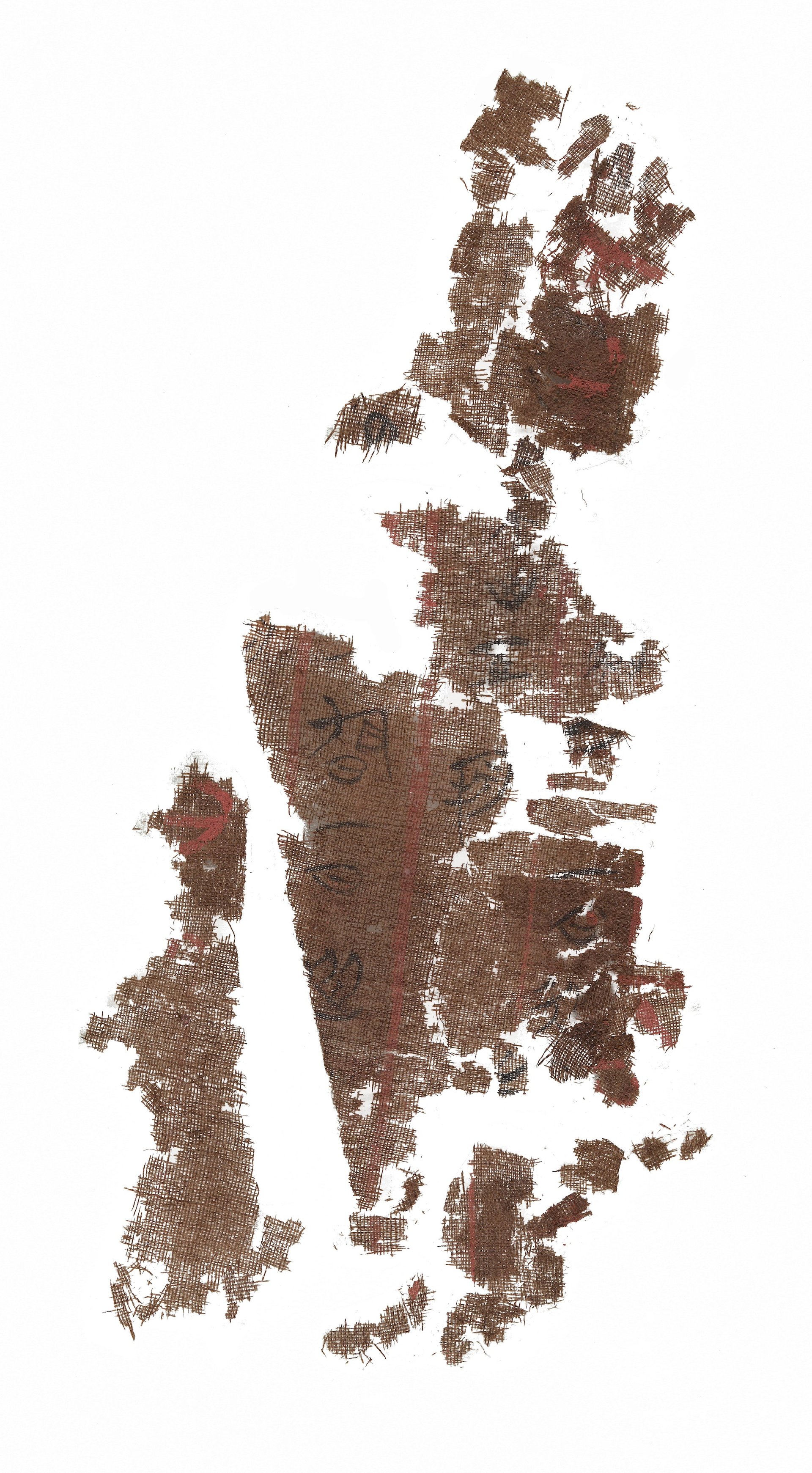
Fragments of the Zidanku Silk Manuscripts (Volumes II and III). Volume I remains privately owned by the Arthur M. Sackler Foundation National Museum of Asian Art, Smithsonian Institution, Washington, DC
“The achievement of our scientists was taking material thought to be illegible and unworkable, and turning them into texts that can be deciphered,” Robinson says. “It allowed scholars to ask questions about its historical and linguistic nature, and about religion and divination.”
The site where the manuscripts were first discovered was re-excavated in the 1970s, when additional materials were found. The manuscripts represent “the start of the transmission of ideas in East Asia”, says Danielle Bennett, the NMAA deputy director for collections and exhibitions. “It is crucial for researching how language and thought was conveyed in that time period.”
The Hunan Provincial Museum in Changsha holds a significant portion of the Zidanku manuscripts, although it has not been determined who will steward them going forward. The NMAA will keep digitised research available after the objects are repatriated.
“We are confident that we have completed our research on the manuscripts, which has principally been in the nature of conservation and conservation science,” Robinson says. “We have come to the end of the road of that research. Wherever the manuscripts go in China, they will be in conversation with ongoing discoveries and scholarship.”
The NMAA hopes the transfer will continue a momentum of global partnerships that aim to strengthen repatriation and scholarly collaboration. Earlier this week the institution formalised a partnership with the Royal Commission for AlUla in Saudi Arabia.
“We are keenly aware of the responsibility we have in looking after cultural artefacts through the quality of our curatorial work, expertise, conservation and other efforts,” Robinson says. “But that responsibility also includes collaboration and mutual respect regarding the stewardship of the objects to ensure they are where they should be.”


